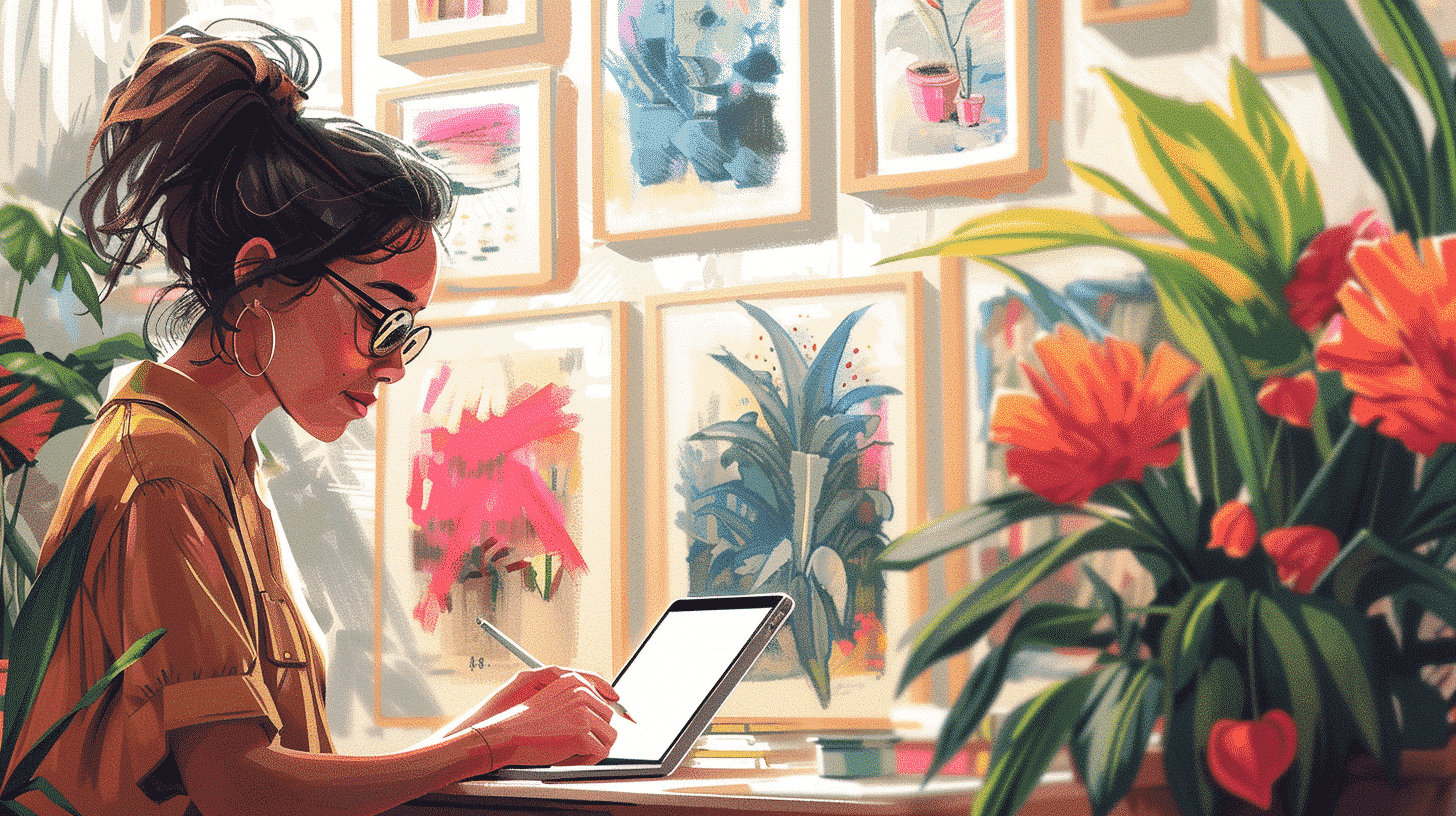History and Origin of the Urdu Language
Urdu emerged during the Mughal era in the Indian subcontinent as a result of cultural and linguistic fusion. It developed primarily from the interaction between Persian, Arabic, Turkish, and local Indian dialects, particularly the Khari Boli dialect of Delhi. The name “Urdu” itself means “military camp” or “army” in Turkish, reflecting its origin as a lingua franca among soldiers of diverse backgrounds.
- Evolution: Urdu evolved in the 13th century and flourished under Mughal patronage, becoming the language of poetry, administration, and high culture.
- Script: Written in the Perso-Arabic script with a distinctive Nastaliq calligraphic style, Urdu is visually elegant and artistically expressive.
- Literary Heritage: Renowned poets such as Mir Taqi Mir, Mirza Ghalib, and Allama Iqbal contributed immensely to Urdu’s literary richness.
Geographical Distribution and Speakers
Urdu is predominantly spoken in Pakistan and India, but its presence extends globally due to diaspora communities.
Pakistan
- Urdu is the national language and serves as a symbol of unity among Pakistan’s diverse ethnic groups.
- Although not the mother tongue of most Pakistanis, it is widely spoken and understood across the country.
India
- In India, Urdu holds the status of an official language in several states including Uttar Pradesh, Bihar, Telangana, and Jammu & Kashmir.
- It is spoken by millions, especially among Muslim communities and in urban centers such as Hyderabad, Lucknow, and Delhi.
Global Presence
Urdu-speaking communities thrive in the Middle East, the United Kingdom, the United States, Canada, and other countries due to migration, maintaining the language and culture abroad.
Characteristics of the Urdu Language
Understanding the unique features of Urdu provides insight into why it remains a beloved language for many.
Phonetics and Pronunciation
Urdu’s phonetic system is rich and nuanced, comprising sounds borrowed from Arabic and Persian, as well as indigenous phonemes. This makes it melodious and expressive.
Grammar and Syntax
- Subject-Object-Verb (SOV) Order: Urdu typically follows SOV sentence structure, which differs from English’s SVO.
- Gender and Cases: Like many Indo-Aryan languages, Urdu nouns have gender (masculine and feminine) and change form based on grammatical case.
- Verb Conjugation: Verbs conjugate according to tense, mood, and subject gender/number.
Vocabulary
Urdu’s vocabulary is a blend of Sanskrit-derived words alongside extensive borrowings from Persian, Arabic, and Turkish, giving it a rich lexicon that reflects diverse cultural influences.
Writing System: The Urdu Script
The Urdu script is an essential part of its identity, combining beauty and complexity.
Nastaliq Calligraphy
Urdu is written in the Nastaliq style, a cursive and flowing script that is visually distinctive. It is read from right to left.
Alphabet and Characters
- The Urdu alphabet consists of 39 basic letters, derived from the Persian alphabet.
- It includes additional letters to accommodate sounds specific to South Asian languages.
- Diacritics are used to denote vowel sounds, but often omitted in everyday writing, requiring context for proper pronunciation.
Importance of Urdu in Culture and Society
Urdu holds a cherished place in South Asian culture, influencing literature, music, and media.
Literature and Poetry
Urdu literature is celebrated for its poetry, which often explores themes of love, mysticism, and philosophy. Ghazals and nazms are popular poetic forms in Urdu.
Music and Cinema
- Classical and contemporary music in South Asia frequently feature Urdu lyrics.
- Urdu plays a central role in Bollywood and Lollywood films, enhancing the emotional depth of storytelling.
Education and Media
Urdu is taught in schools and universities and is used in newspapers, television, and radio, sustaining its relevance in modern society.
Learning Urdu: Tips and Resources
For language learners, Urdu presents both challenges and rewards. Utilizing effective tools and strategies can accelerate mastery.
Why Learn Urdu?
- Access rich literary and cultural heritage.
- Enhance communication with millions of Urdu speakers worldwide.
- Gain insight into South Asian history and society.
Effective Learning Strategies
- Start with the Script: Familiarize yourself with the Urdu alphabet and Nastaliq writing style.
- Build Vocabulary: Learn common words and phrases used in daily conversation.
- Practice Listening and Speaking: Engage with native speakers and media content.
- Use Language Apps: Platforms like Talkpal provide interactive lessons, real-time conversations, and cultural insights to enhance learning.
Recommended Resources
- Talkpal – An excellent language learning app designed to help users practice Urdu with native speakers and structured lessons.
- Online courses and YouTube tutorials focusing on Urdu grammar and vocabulary.
- Reading Urdu poetry and novels to immerse yourself in the language’s literary tradition.
Challenges in Learning Urdu and How to Overcome Them
While Urdu is rewarding to learn, it can be challenging due to its script and grammar complexity.
- Script Complexity: The Nastaliq script’s cursive nature requires practice and patience to master writing and reading.
- Pronunciation: Some sounds are unique and may require focused listening and repetition.
- Grammar Nuances: Gender agreement and verb conjugations can be intricate for beginners.
Consistent practice, immersion, and usage of interactive tools such as Talkpal can significantly reduce these challenges by providing engaging and contextual learning experiences.
Conclusion
Urdu is much more than just a language; it is a cultural treasure that offers deep literary, historical, and social insights into South Asia. Learning Urdu connects you to an extensive community and rich traditions, whether through poetry, music, or everyday communication. With the help of modern tools like Talkpal, mastering Urdu has become more accessible and enjoyable, making it an ideal choice for language learners worldwide. Embrace the beauty of Urdu and discover a world of expression and heritage waiting to be explored.









